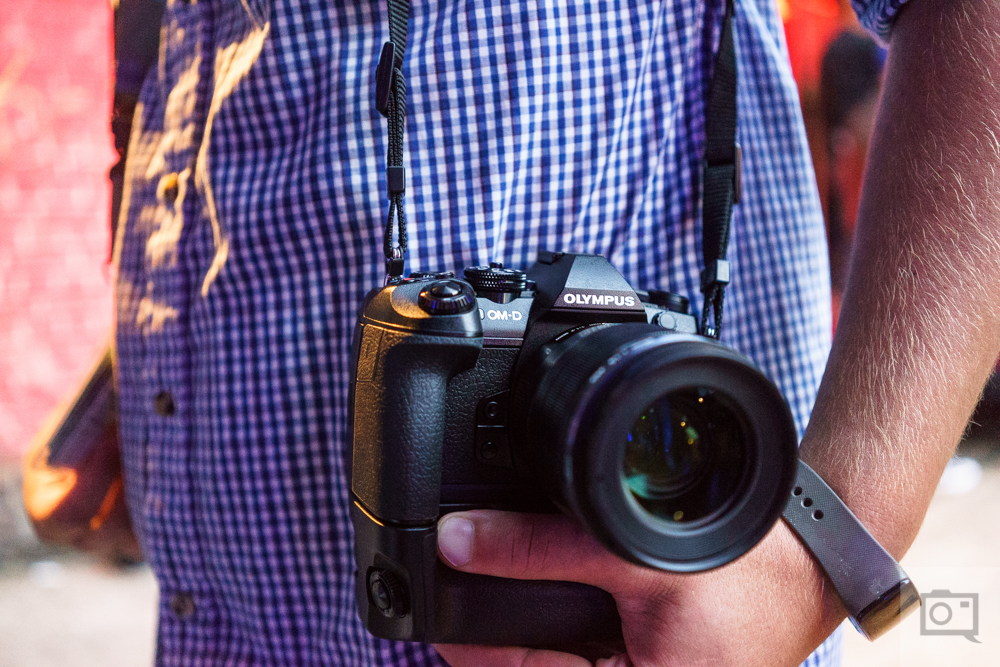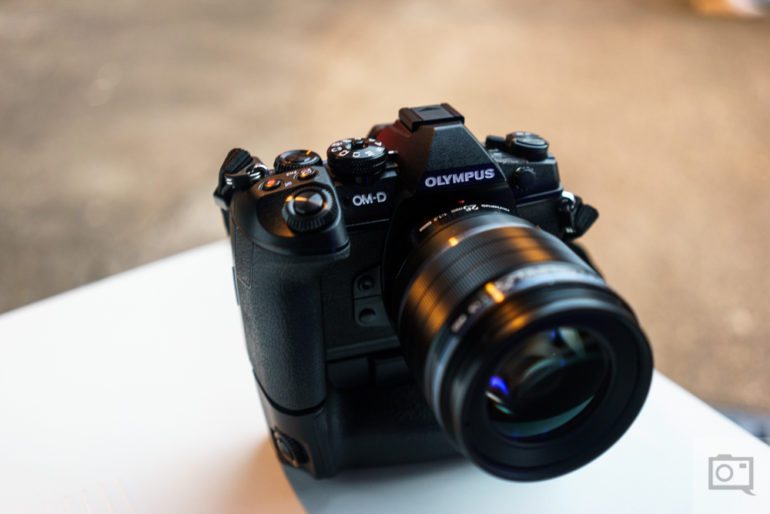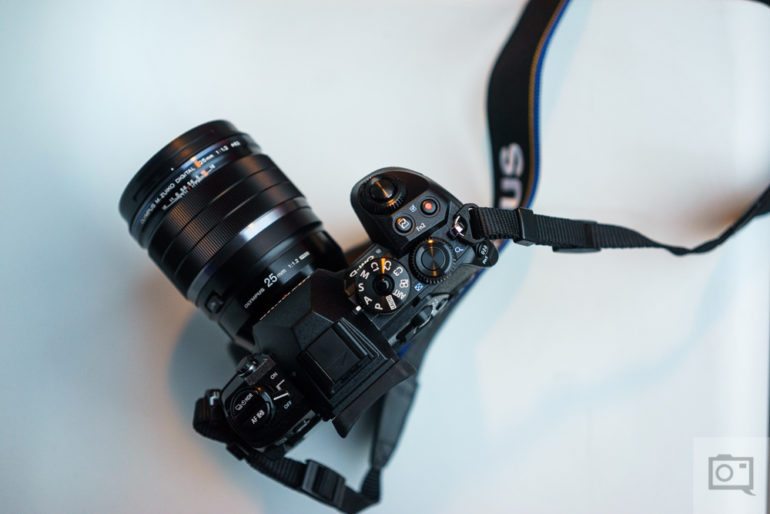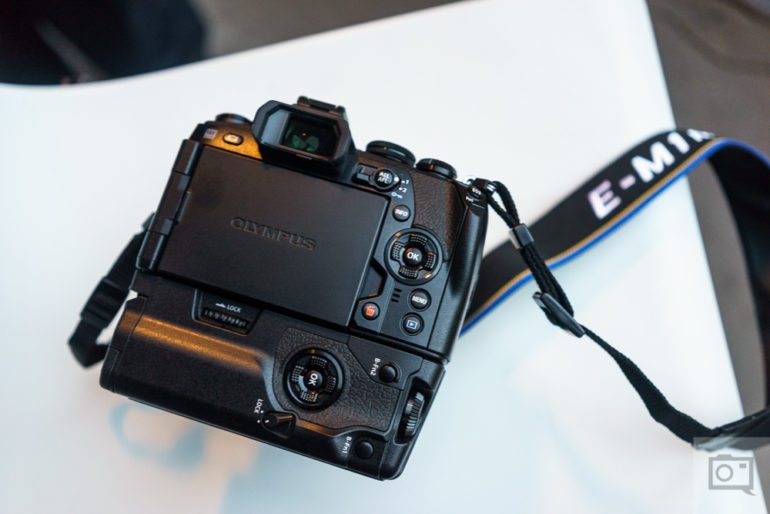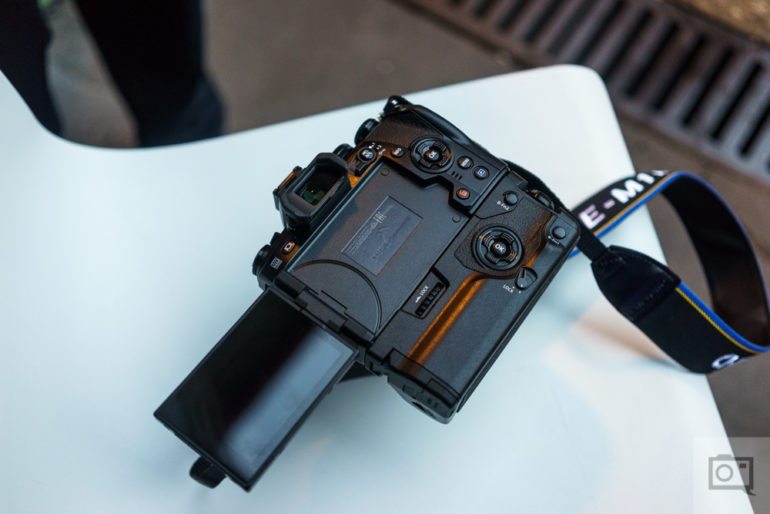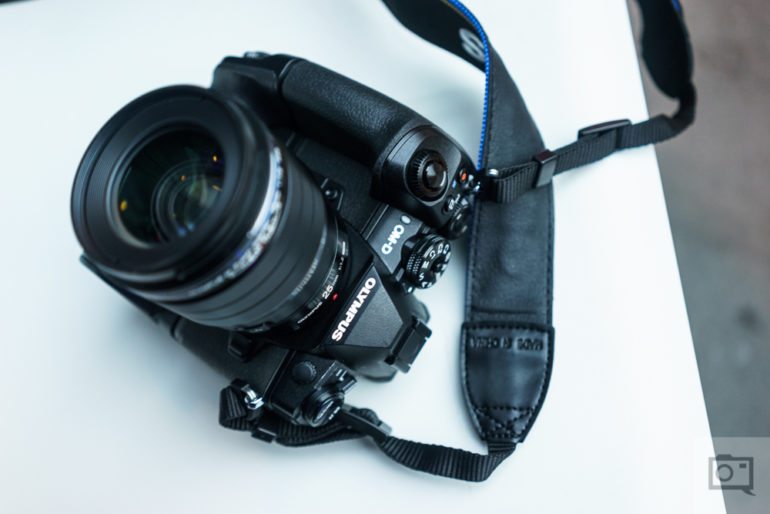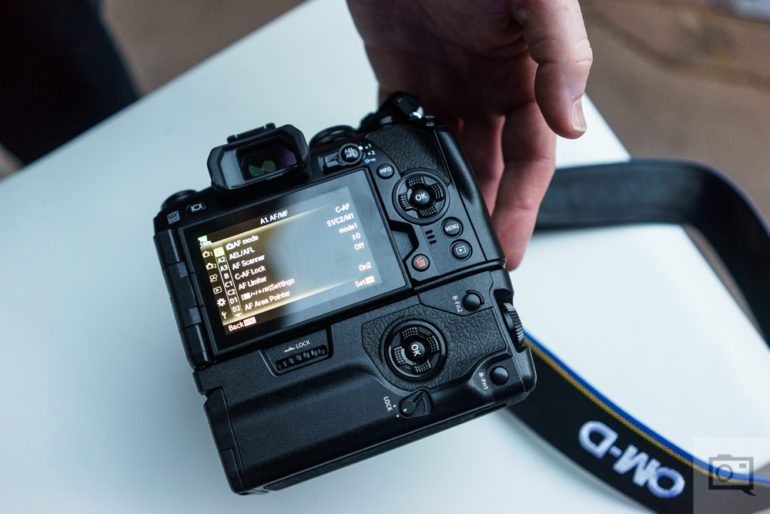At Photokina 2016, Olympus announced the new Olympus OMD EM1 Mk II; a camera that they’re trying to aim at the professional and high end enthusiast. The EM1 has been the company’s flagship line for a while now, and the last one was already very good. The new additions make it faster, more feature packed with new things like an improved image stabilization system, improved viewfinder, etc. When paired with all the company’s newest lenses, it makes for a great solution that the professional photographer can use in many instances.
We had a few minutes to play with the camera recently.
Tech Specs
Specs taken from the Olympus website
-
Sensor Effective Resolution / Type20.4 Megapixel Live MOS
-
ProcessorTruePic™ VIII Dual Quad Core Processor
-
Focusing SystemDual F.A.S.T. AF (Contrast & Phase Detection AF) 121 Point (All Cross Type) On-Chip Phase Detection
-
Image Stabilization System5-Axis In Body Image Stabilization
-
Viewfinder2.36M dot LCD Electronic Viewfinder
-
Rear Monitor3.0″ Vari-Angle Touch LCD
-
WeatherproofDust, Splash and Freezeproof
-
Sequential Shooting Speed15fps [H] mode 10fps [L] mode mechanical shutter
60fps [H] mode 18fps [L] mode silent electronic shutter -
FlashBundled FL-LM3 (dust & splash-proof)
-
Special Features4k Video Capture (30/25/24 fps)
PRO Capture Lag-Free Electronic Shutter Mode
In-camera Focus Stacking
Dual SD Card Slots
Ergonomics
When you look at the Olympus OMD EM1 Mk II, you can tell that it’s a serious looking camera. There are a load of buttons, switches and dials all over that make the camera overall pretty simple to use if you’ve got the time to customize it.
The front of the camera has very controls aside from the lens release. There are a few buttons other than this–but you’re bound to mostly only work with the shutter release.
When you get to the top of the camera, you start to finally see lots of the controls. You’ll spot the mode dial, the shutter release, on/off switch, headphone jack, drive mode and custom function buttons for stuff like ISO or white balance.
Move to the back of the camera, and what you’ll find are loads more buttons in addition to an LCD screen that tilts and swivels. The directional pad is great for changing the autofocus and the other buttons and switches are clearly labelled.
What you’ll also find here is the EVF–what you’ll also clearly notice at this point is that the optional grip is attached.
The LCD screen folds out and swivels just like the one of the previous model and the OMD EM5 Mk II.
Build Quality
Olympus is billing the camera as being weather sealed and tough overall. In our years of testing Olympus cameras, I’ve always found this to be true. However, I haven’t had the chance to pour a bottle of water on it yet or run it under a faucet.
To refresh, here’s what we did with the original OMD EM1. If this camera has better weather sealing, then it should be able to stand up to anything.
Autofocus
The Olympus lineup of cameras have always been very fast to focus–part of this takes advantage of the fact that the depth of field is greater that what other cameras with larger sensors need to accomplish due to the Four Thirds sensor. But even during my trial and two meetings with Olympus at Photokina, this camera’s autofocusing even in low light is incredible. It can effectively track a subject, and is also just very snappy overall in addition to being accurate.
If anything, I’d say that the Olympus OMD EM1 Mk II, Fujifilm X Pro 2 and the Sony a99 II have the fastest autofocusing out there of any mirrorless camera right now. But two of those cameras are still in the pre-production stage, so I’ll need to save my final evaluation for later on.
Ease of Use
Olympus’ menu system are a like it or hate it camp. I’ve never found their menus to be problematic, but they are indeed deep. However, if you have patience, they’re pretty simple to navigate. There are some new functions overall, so expect the menu system to also be deeper.
Image Samples
The units that we were testing had not final sensors inside, so we couldn’t bring back sample images.
First Impressions
I’ve got no doubt that Olympus has made a solid product–they sold me on that years ago. I think that their biggest challenge is convincing the public that the Four Thirds sensor is still highly capable when they don’t realize that an iPhone can be used to shoot advertising campaigns on Instagram. Most of us that read the Phoblographer are aware of this.
This camera is more than capable of doing some amazing things; folks just need to realize it.


